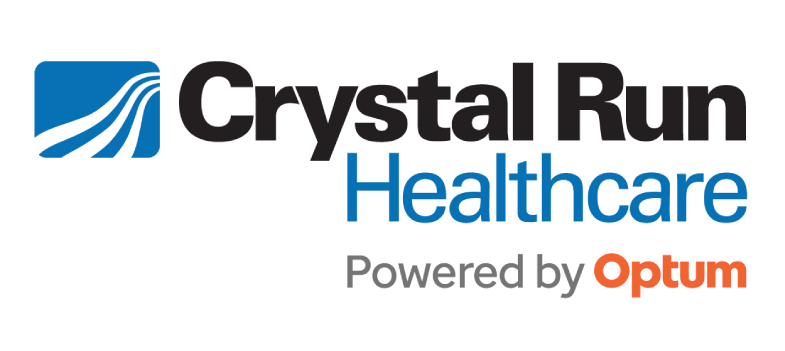A Second Wave of Coronavirus? Dr. Spencer Weighs in on What You Can Do to Stay Safe
Every day we hear of increasing numbers of Coronavirus cases and deaths in other states. It’s not very reassuring after all we’ve already gone through in New York. Many states clamped down when we were going through our COVID-19 peak in March and April but didn’t see many cases then. Some opened up only to have to re-close as things worsened. Looking at you, Florida. What we’re seeing now nationally is probably not a second wave. It’s likely the first of several waves of COVID-19 infection that will circulate until there is a widely used immunization or “herd immunity” (which is not going to happen anytime soon, unfortunately). I think we in New York can say we’re probably done with our first wave. We had a spike of high numbers of cases and deaths, and now we’re low. The total number of COVID-19 tests in our area that are positive is hovering around 1%. While this includes a lot of people who don’t have any symptoms, Crystal Run’s internal data shows the rate of COVID-19 in patients coming in with symptoms is around 3% in Orange County. It’s close to zero in Sullivan and Rockland Counties. Considering we were in the 30-40% range back in early April, these rates are very good!
So, what if things heat up again and we actually start to experience a second wave of infection? What can you do if there is an uptick in COVID-19 rates?
- Get your flu shot. You should do this even if there isn’t an uptick. We had a really bad Influenza year in 2019, and we don’t need any more stressors on our healthcare system. Get your flu shot. For what it’s worth, it looks like the measures to limit COVID-19 also work well at decreasing the spread of Flu. Makes sense. Australia is currently in their winter and they are seeing very little Flu since mandating COVID-19 counter measures.
- Wear a mask whenever you’re not at home. I know wearing a mask is now a “thing” that has become much more than just an infection control measure. However, if you want to protect yourself and your family, wear a mask.
- Socially distance. This is hard, especially for the elderly and those who don’t get much social interaction to begin with. Or new grandparents that have to keep their distance from the newest members of their family! But it works. Limit your travel and contact with people not in your immediate family. Stay 6 feet away from others. Oh yes, and wear a mask.
- Cover your cough or sneeze. Try not to do it into your hands. Or in someone else’s face. Your arm or a tissue are good ideas.
- Wash / sanitize your hands. While much of the transmission from COVID-19 is via droplets coming from people’s mouths, there is likely some contact transmission. Wash, gel, sanitize.
The good news is we all know what to do. We may not want to actually do it, but we know that these things work to lower the incidence of COVID-19. We knocked it down before, and we can do it again if we need to. I hope we won’t need to.
Dr. Gregory A. Spencer is the Chief Medical Officer and Chief Medical Information Officer at Crystal Run Healthcare. Dr. Spencer graduated from the Medical College of Wisconsin (Marquette University) Medical School and completed his residency in Internal Medicine while in the US Air Force at Wilford Hall USAF Medical Center in San Antonio, TX. Dr. Spencer joined Crystal Run as an internist in 1996 and was appointed as Chief Medical Officer and Chief Medical Information Officer in 2008. Dr. Spencer is board certified in Internal Medicine and is a Fellow of the American College of Physicians.

 Optum Radiology at Crystal Run Healthcare
Optum Radiology at Crystal Run Healthcare Request medical records online
Request medical records online